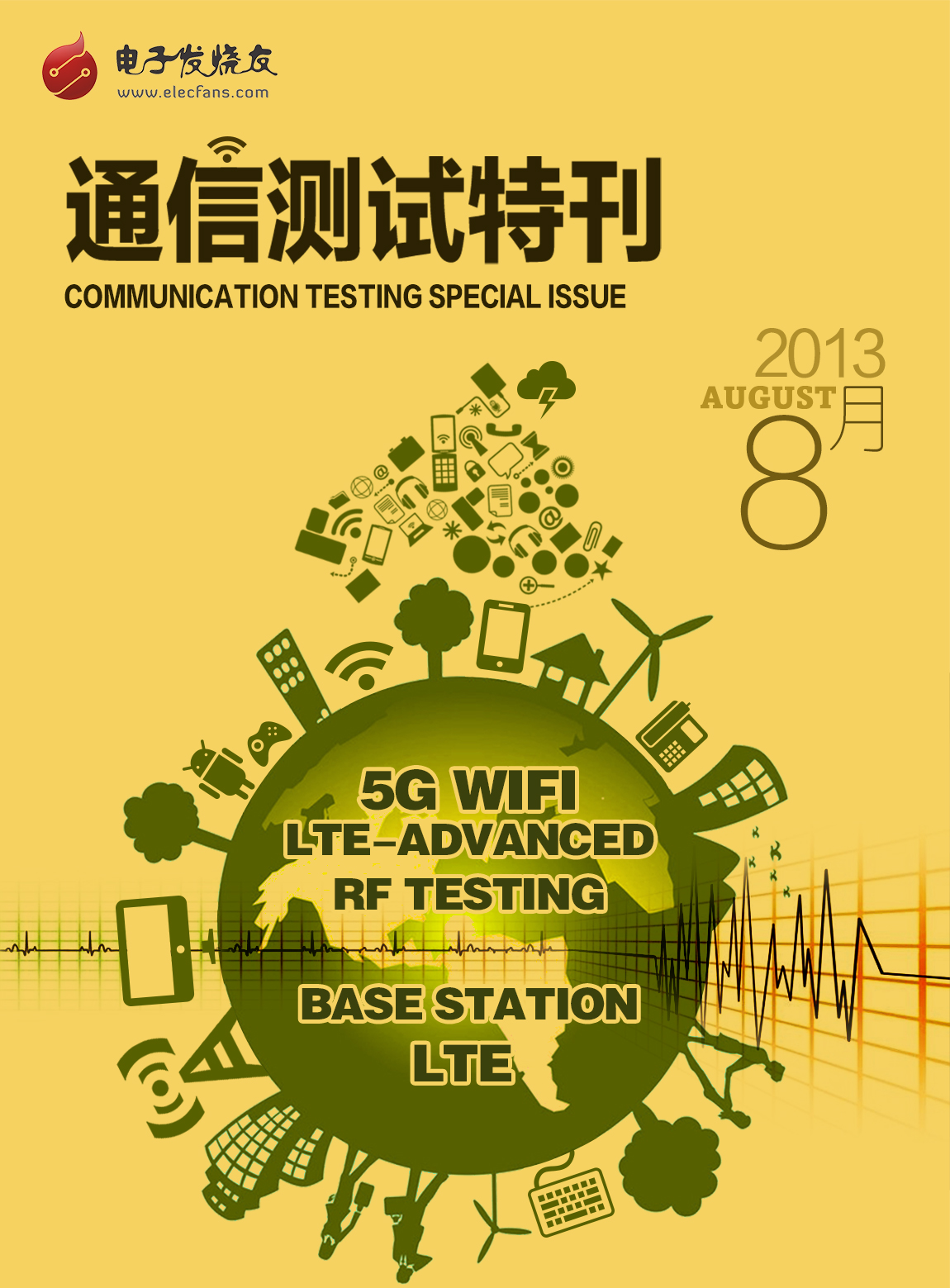What does "1.2 billion" mean? Basically equal to the total population of Europe plus North America. In China in 2020, "1.2 billion" means the total number of 3G / LTE users at that time. According to the picture outlined in the "Broadband China" Strategy and Implementation Plan, the penetration rate of 3G / LTE users will reach 85% in 2020, with a total number of 1.2 billion users. LTE basically covers urban and rural areas. 4G LTE is one of the fastest-growing technologies in mobile communications, and Cao Shumin, director of the Telecommunication Research Institute of the Ministry of Industry and Information Technology, believes that this is mainly due to the explosive development of mobile Internet and smart phones. That is to say, the efficient, good user experience, and highly cost-effective LTE smart terminal will let "1.2 billion" go without saying. What kind of LTE terminal do consumers need? Now and in the future, 4G LTE will bring more outstanding mobile experience to smart terminal users and change the way data is consumed. Does the phone support multi-mode multi-frequency? Is web browsing fast? Is the power consumption low? Is graphics processing dazzling? These will become the real focus of 4G LTE mobile phone users. For connectivity, take the newly released Samsung Galaxy S4 LTE-A mobile phone as an example. This mobile phone supports LTE-A / LTE / WCDMA / GSM multi-mode, and the peak downlink speed can reach 150Mbps. It adopts the Snapdragon 800 series processor. The processor integrates Qualcomm's third-generation 4G LTE modem-supports CDMA2000 (1X, DO), GSM / EDGE, WCDMA, TD-SCDMA and LTE (LTE-FDD and LTE-TDD) world models, and supports HSPA + version 10 and LTE -A. According to data, at the end of last year, Qualcomm ’s third-generation Gobi LTE modem began to be sampled. Earlier, Japanese operator Softbank released ZTE ’s 203Z and eAccess GL09P mobile routers, which support LTE carrier aggregation / WCDMA multimode The download speed is 110Mbps, which is the world's first commercial terminal based on Qualcomm's third-generation Gobi LTE modem MDM9x25. The chipset can support a downlink transmission rate of up to 150Mbps. According to the latest report from ABI Research, Qualcomm ’s LTE baseband chip shipments accounted for more than 2/3 of global shipments in 2012. "Multi-mode multi-frequency" brings users "global roaming" and "signature-free", the technology will also bring more differentiation and cost advantages for mobile phone manufacturers-sometimes, some mobile phone manufacturers are meeting different countries, When different operators demand, they often use different processors to build the same mobile phone, which will greatly increase the cost of R & D and procurement, and delay the time to market; while using the Snapdragon "world model" processor, the cost will be strictly controlled, and Will fully meet the needs of various operators. To give another example, a few days ago, Motorola released Moto X, built-in Snapdragon S4 processor, also supports LTE / CDMA / WCDMA / GSM world mode. Regarding graphics processing and camera functions, the Nokia Lumia 1020 is stunning. This phone has a built-in Snapdragon S4 processor, supports LTE / WCDMA / GSM connection, is equipped with a 4.5-inch 1280x768 screen, supports ultra-sensitive touch and PureMoTIon HD + graphics, and has a 41-megapixel camera. In the era of higher-speed wireless communications now and in the future, high-bandwidth will transmit higher-quality video and graphics, and the importance of components such as GPUs, DSPs, and ISPs integrated in the processor will be highlighted. The Snapdragon 800 processor supporting LTE / 3G / 2G world mode integrates Adreno 330 GPU, and is equipped with two ISPs up to 55MP, supporting UltraHD ultra-high-definition (formerly known as "4K" technology) video shooting, playback and display, The pixel density is four times that of 1080p, supports up to four cameras, supports 3D photography, 55MPixel high-definition image synthesis, independent autofocus and photography, and 1080p30 video shooting. Of course, power consumption is always the focus of LTE mobile phone users. Taking the Snapdragon 800 series processor just mentioned as an example, the processor technology is upgraded to 28HPm; aSMP architecture provides dynamic power sensing and control of peak performance per core; Hexagon DSP V5 provides floating-point support, dynamic multithreading, and extended multimedia Instructions to improve performance and reduce power consumption. At present, flagship terminals with built-in Snapdragon 800 processor are released intensively. Samsung Galaxy S4 LTE-A, Galaxy Note 3, Sony Xperia Z Ultra, Xperia Z1, LG G2, Pantech Vega LTE-A, Xiaomi Mi Phone 3 and Acer Liquid S2 and other mobile phones were released, and the media commented that "the power consumption is satisfactory." The Qualcomm RF360 front-end solution that meets 40 frequency bands and world mode design is also "low power"-the envelope power tracker included in RF360 can reduce heat and RF power consumption by up to 30% according to the specific operating mode. In addition, RF360 reduces the size of the radio frequency front end, so that compared with the current terminal, the occupied space is reduced by 50%. "Mass market" will be a hot spot for LTE In 2020, the penetration rate of LTE / 3G users will reach 85%. This means that LTE terminals for the mass market will become the focus of attention of all parties. That is to say, after users in emerging markets gradually become the main force of smart phone consumption, it will be outdated if LTE terminals are too expensive. Terminal manufacturers are concerned about whether they can use the same chip platform to launch a product series that meets the needs of the complete market from entry-level to mid- to high-end, which puts higher demands on processor manufacturers. At present, only Qualcomm Snapdragon series processors can meet the high requirements of manufacturers with extensive layer coverage and leading 4G LTE technology. In addition to the star models we listed, in the mid-range and entry-level markets, LTE smartphones with processors such as the Snapdragon 400 are currently intensively listed. The newly released Samsung Galaxy S4 mini, with built-in Snapdragon 400, will support LTE TDD / LTE FDD / HSPA + / GSM; while also using the Snapdragon 400 single platform, HTC One SV supports LTE / CDMA2000 / WCDMA / GSM. At present, the Snapdragon 400 series has dual-core CPU 8x30 and quad-core CPU 8x26 products. It supports LTE / CDMA / TD-SCDMA / WCDMA and is aimed at the mass market. In addition, the Snapdragon 400 8x26 is also equipped with a new WTR2605 multi-mode RF transceiver that supports Beidou satellite navigation, GPS and Glonas. The WTR2605 transceiver is also optimized for low power consumption, reducing power consumption by 40% and size by 60% compared to the previous generation. The above processors are all facing the mass market. It is worth noting that QRD (Qualcomm Reference Design Platform) is also the industry's first reference design project to support 4G LTE. Supporting LTE, Beidou, and augmented reality can help partners achieve "differentiation." A few days ago, Tianyu Longtong released Tianyu Touch 1, using QRD platform and Snapdragon 400 series processor, supporting LTE TDD / LTE FDD / WCDMA / TD-SCDMA / GSM. When introducing the cooperation with QRD, Mr. Tang Yanyu, vice president of Tianyu Longtong, said, "(R & D progress) is fast!" He also said, "At present, domestic manufacturers do LTE mobile phones, maybe QRD is the only option." Operators are committed to building a quality LTE network The huge 3G / LTE user base will certainly put very high demands on operators' LTE networks. It is understood that China Mobile had built 20,000 base stations in 15 cities last year, and this year proposed the "Double Hundred" goal. By the end of this year, LTE TDD will cover more than 100 cities and build 200,000 base stations. The purchase of LTE terminals exceeds 1 million unit. In terms of networking, China Mobile has proposed on many occasions that 4G LTE, which integrates TDD and FDD, will bring unprecedented development opportunities to the entire industry chain. Huang Yuhong, vice president of China Mobile Research Institute, said, "China Mobile put forward a goal when developing TD-LTE: convergence, synchronization, and internationalization. To achieve the FDD and TDD network is the goal. In Hong Kong, we have achieved FDD and TDD. Convergence. "Wen Ku, director of the Technology Department of the Ministry of Industry and Information Technology, also said recently that the communications industry has entered the LTE era. FDD and TDD are two different technologies that are like two members of a family. There should be no distinction in business. It is understood that Huawei, ZTE, Ericsson, NSN, Qualcomm and other companies have expressed support for the integrated development of LTE TDD and LTE FDD on different occasions. Taking Qualcomm as an example, all of its LTE chipsets currently support both LTE FDD and LTE TDD. Qualcomm has extensively cooperated with many well-known operators worldwide. In China, Qualcomm and China Mobile have a good tradition of cooperation. Recently, Dr. Paul Jacobs, Chairman and CEO of Qualcomm, said at the China Telecom Summit Forum, "Qualcomm will fully support the development of the CDMA2000 ecosystem with advanced LTE solutions." According to the report of the Ministry of Industry and Information Technology, from January to July 2013, of the national telecommunications industry revenue, data and Internet business contributed 80.5% of the industry's revenue growth, while voice business contributed only 6%. What is expected is that users will use smart terminals that support multi-mode and multi-frequency and cover the complete market demand in the foreseeable future, and swim in the 4G LTE boutique network that supports LTE TDD / LTE FDD / 3G. It will surely become another major consumer field after real estate and automobiles. Overcome new challenges in communication test and overcome design difficulties [ Special Issue of Communication Testing Technology ] As a professional communication testing company, are you also considering how to choose a suitable solution to balance test efficiency and cost? Have you considered the stability of the measurement product and the time to market? Test engineer, have you ever encountered the following problems during the test operation: under the trend of LTE, 5G WiFi, and 802.11ac equipment, how to accurately master the communication equipment test tool to help your product design? How to minimize the disturbing fatal effects such as electromagnetic interference? Can you quickly find the most effective way to increase the testing speed to save testing time? This technical issue is definitely not to be missed! Customized Electronic Cigarette Customized Electronic Cigarette,New Type Of Electronic Cigarette,Electronic Cigarette Customized,Personalized Vape Pen Lensen Electronics Co., Ltd , https://www.lensenvape.com

According to the above analysis, the future growth of LTE equipment shipments will appear a blowout, how to ensure the time to market of these products in the entire communication test link? How do you want to achieve a simpler, faster, and lower-cost test method? Please refer to: 
Click to download free August [Special Issue of Communication Testing Technology]